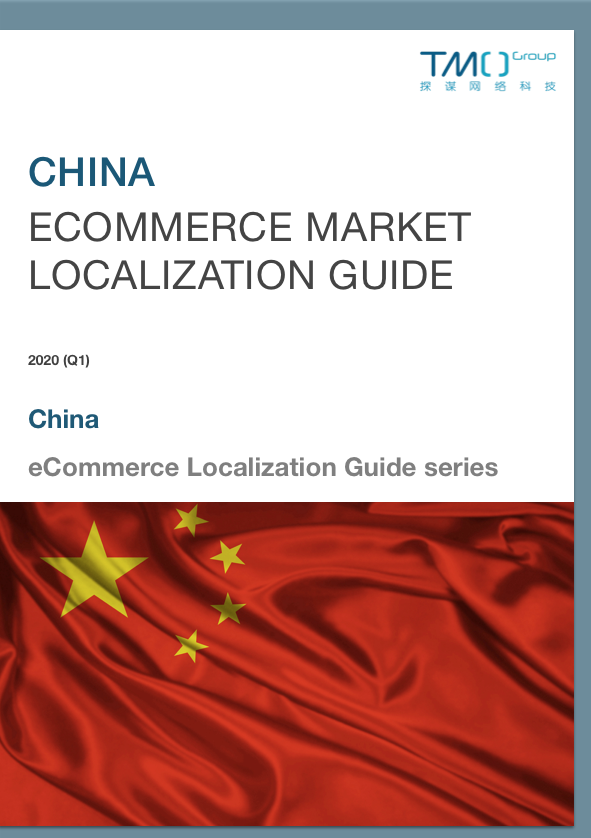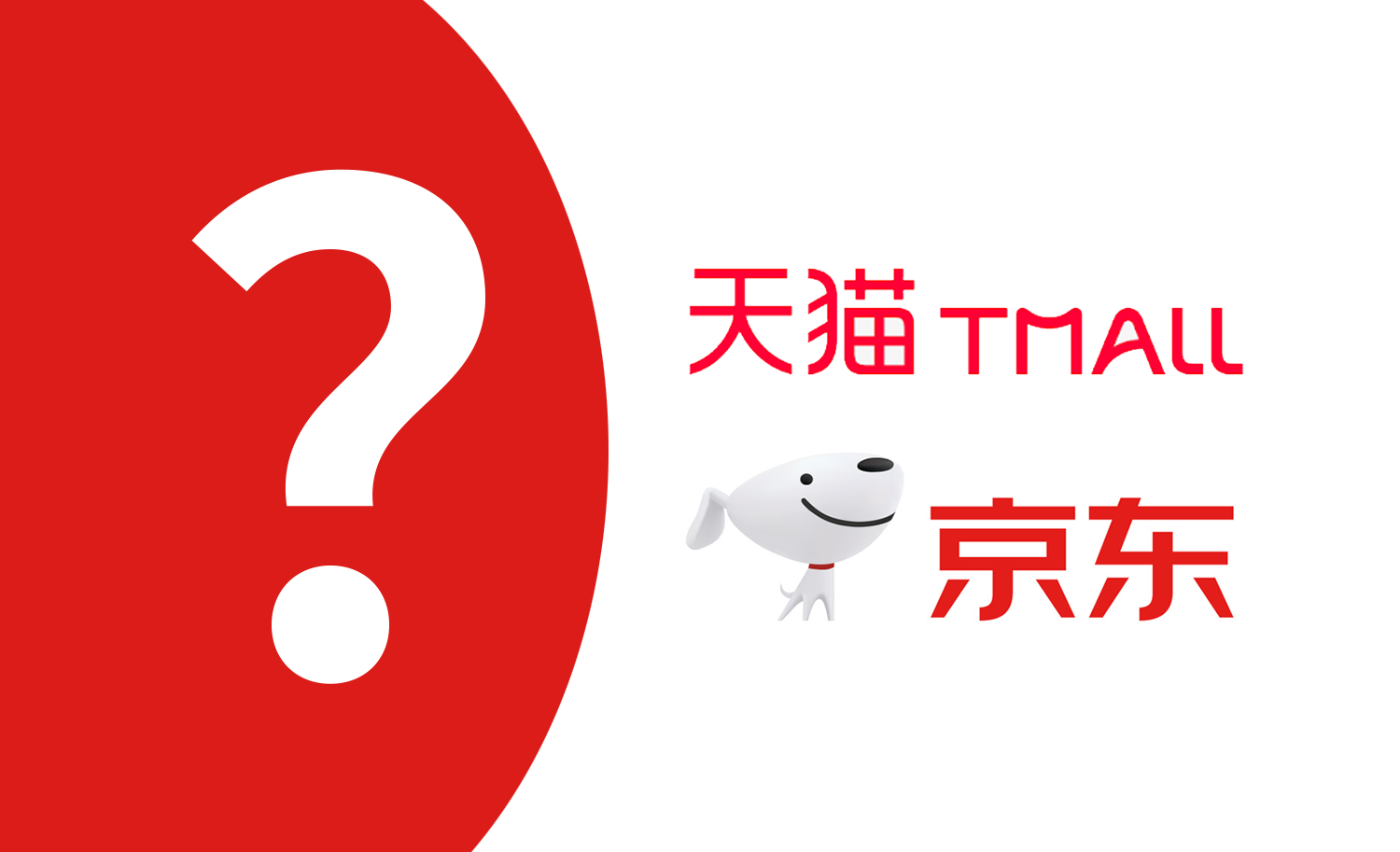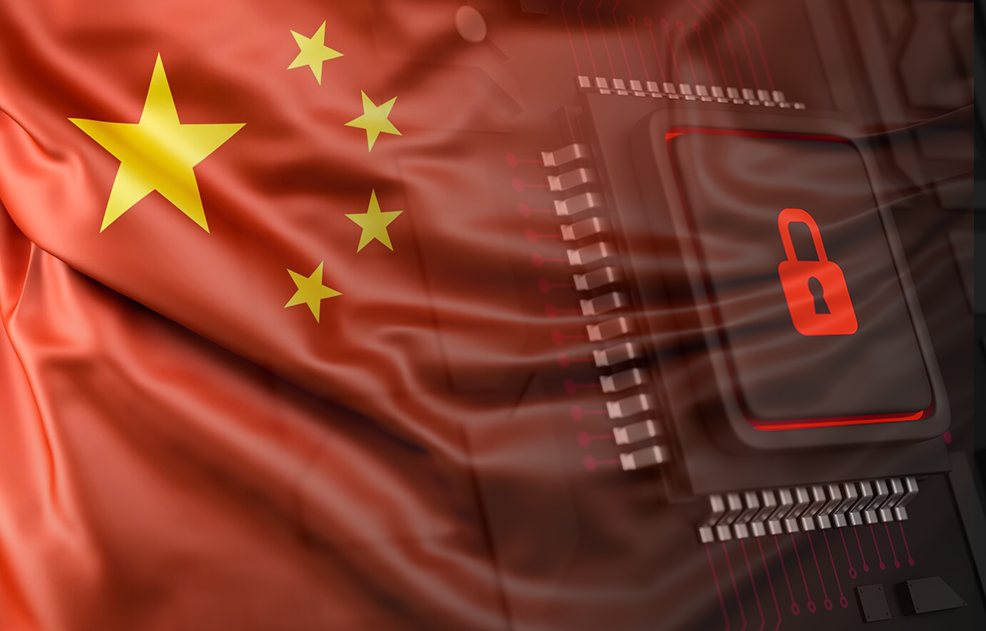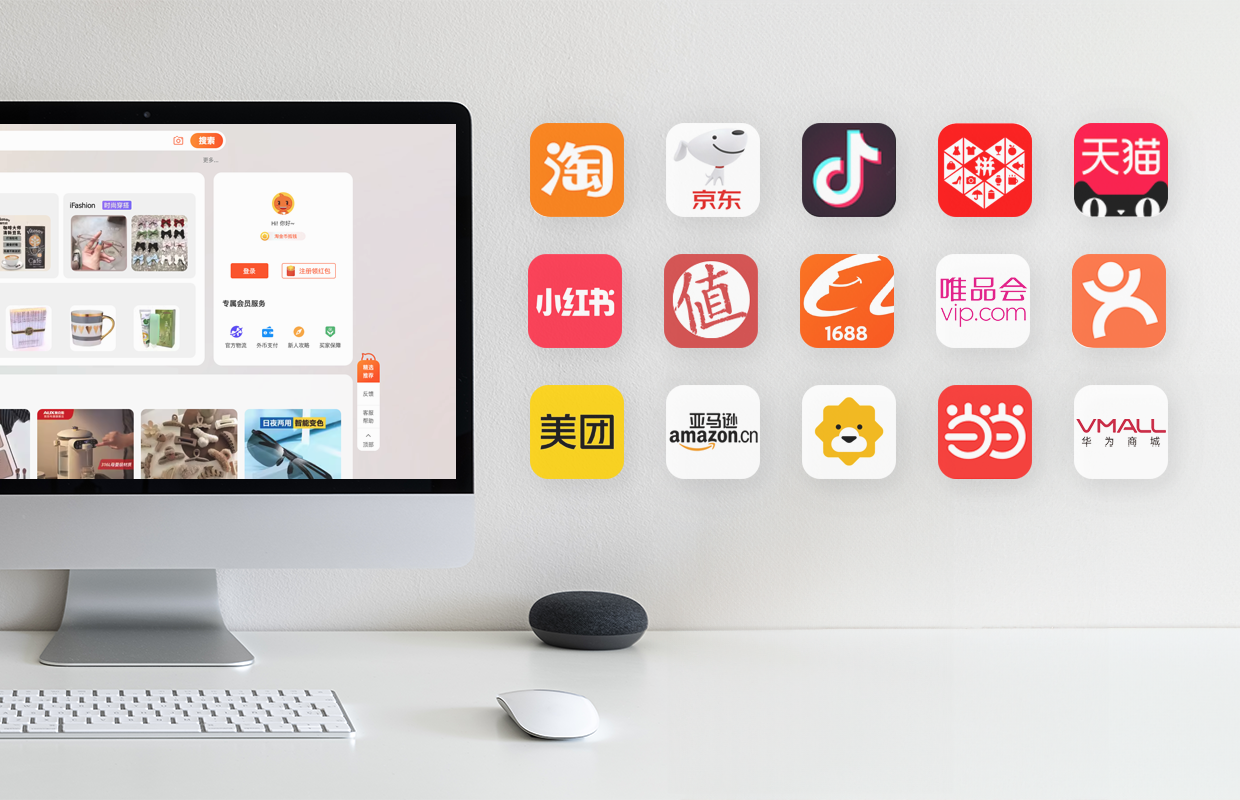China appears to have turned a corner and begun to recover from the Coronavirus outbreak. This means that its markets can get back on track at last. The road to China market entry is opening up again!
Meanwhile, companies at home and abroad are now more aware than ever how important online businesses are. While traditional retail struggled during the strict quarantine periods, online businesses were able to keep going. In some cases, they even thrived! So even businesses that previously shunned eCommerce as a channel are now looking at it seriously. More than convenience and functionality, eCommerce has also proven more resilient to crises.
Therefore we're going to look at the state of China as a potential market for your overseas business. What do you need to know if you're considering China market entry in 2020?
The New eCommerce Law: One Year On
On January 1st 2019, China's long-awaited eCommerce Law went into effect. The law brought sweeping changes to several aspects of eCommerce in China. So after a year, how have these changes panned out?

In general, experts have seen the new law as a positive change for the country. Online commerce is now better regulated, more standardized, and safer for businesses and consumers. Regulatory systems regarding tax, customs, and inspection have streamlined processes. Meanwhile, consumers have benefitted from increased privacy and product protections under the law.
Previous damaging elements such as the common practice of Daigou (buying products abroad for resale in China) have been regulated against, making it easier for legitimate businesses to control their products and brands. Enforcement has been impressive on this front. Despite some early worries that Daigou would widely continue regardless of the changed law, it has become far less common. Meanwhile, respect for IP, something of a boogeyman when it comes to foreign companies considering China market entry, was also reinforced by additional protections in the law.
Set Up a Chinese Legal Entity or Sell Cross-Border?
This is one of the first important things to know when considering selling via eCommerce to China. You effectively have two choices, if you aren't willing to hand over control to a local partner.

Firstly, you can set up a local legal entity, such as a Wholly Foreign Owned Entity (WFOE) or partnering up for a joint venture. This enables you to run offices in China, sell on domestic eCommerce platforms, and so on. This option provides the most flexibility and control over your products and brand. This means you'll always have the say on your China market entry strategy. However, it is rather involved, as setting up a legal entity is fairly time-consuming and requires jumping through multiple hoops.
Secondly, you can sell cross-border. While you rely on cross-border eCommerce platforms to market and sell your products, the way frees you up from having to look into the lengthy entity registration process. This is also an area that has seen consistent, encouraging growth in recent years. It's a fairly easy, low-cost and low-effort way to enter the market, or prepare for a larger scale entry in the future.
Knowing Where to Sell
China's eCommerce ecosystem has been its own unique existence for more than a decade. Long gone are the days when eBay was the top dog here! Last year even the internationally mighty Amazon finally accepted defeat and withdrew from the market. As such, for outsiders it can seem completely alien. Here is a country where Alibaba and Jingdong (JD) dominate. A few smaller platforms compete by specializing in certain product types, or special business models. But even these can sometimes end up joining the top two - as we saw when Alibaba bought rising cross-border platform Kaola in late 2019. Understanding the platform landscape is vital for successful China market entry.

Similarly it can be hard to comprehend just how integrated social messaging app WeChat is with Chinese daily life. This 'mega app' has inserted itself into almost every facet of life in China. From paying utility bills to splitting bills at restaurants, from keeping up with friends and family to shopping for an online-exclusive new clothing range from your favorite brand - WeChat seemingly does everything. As such, it pays to know how people are shopping on WeChat and how you can best push your brand on the platform. WeChat's Mini-Programs functionality came into maturity in 2019, and will doubtless continue to be a major part of the platform's eCommerce side in 2020. Official Accounts also remain important for marketing and customer retention.
Where and Who
Meanwhile, another rising star proved the power of appealing to consumers outside of the biggest international hubs of Beijing and Shanghai. Group-buying platform Pinduoduo continued to impress observers and insiders, pursuing a strategy of targeting lower tier cities. These cities are growing rapidly in wealth but have different tastes, values, and buying preferences to the established first tier cities. As such it has become important to know where you should market and target, in geographical terms.
Would you like to know more? Or has this article spiked your interest in China’s eCommerce environment? Then reach out and get in touch regarding our eCommerce consulting services, so that we can work out a solution that works for you. Alternatively, check out our China eCommerce Market GuideThis in-depth China eCommerce Guide can help your company rise to the challenges of the Chinese market and sell via cross-border. Updated for 2020!China eCommerce Market Guide, recently updated for 2019. In this guide, we go over some more specifics about demographics, legal requirements, and marketing realities of taking part in Chinese eCommerce in 2019.













